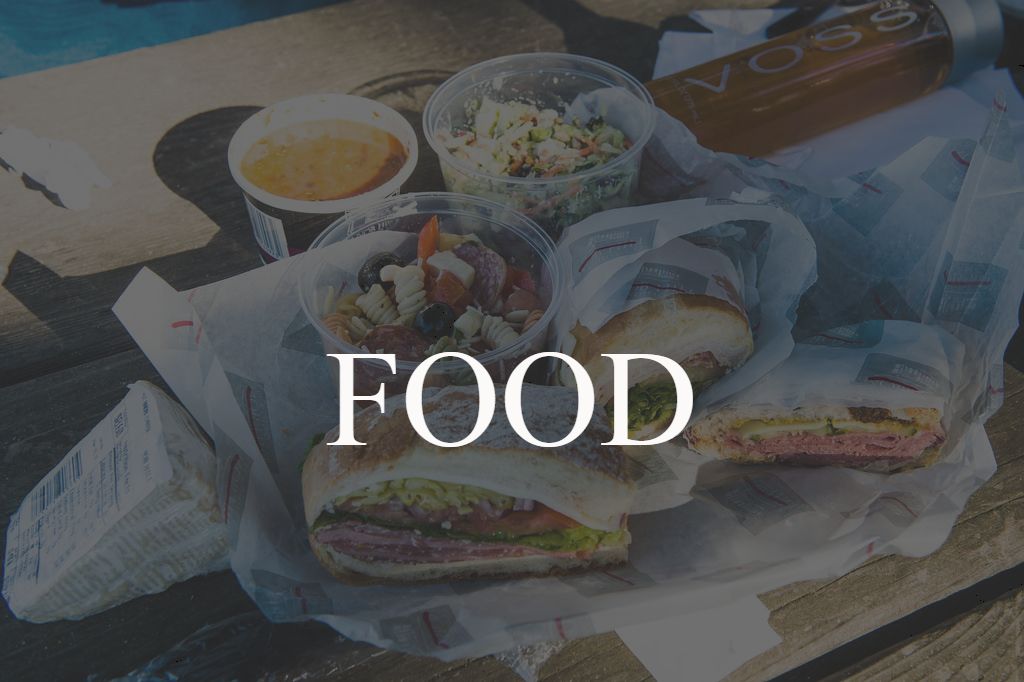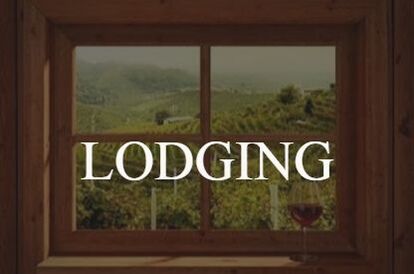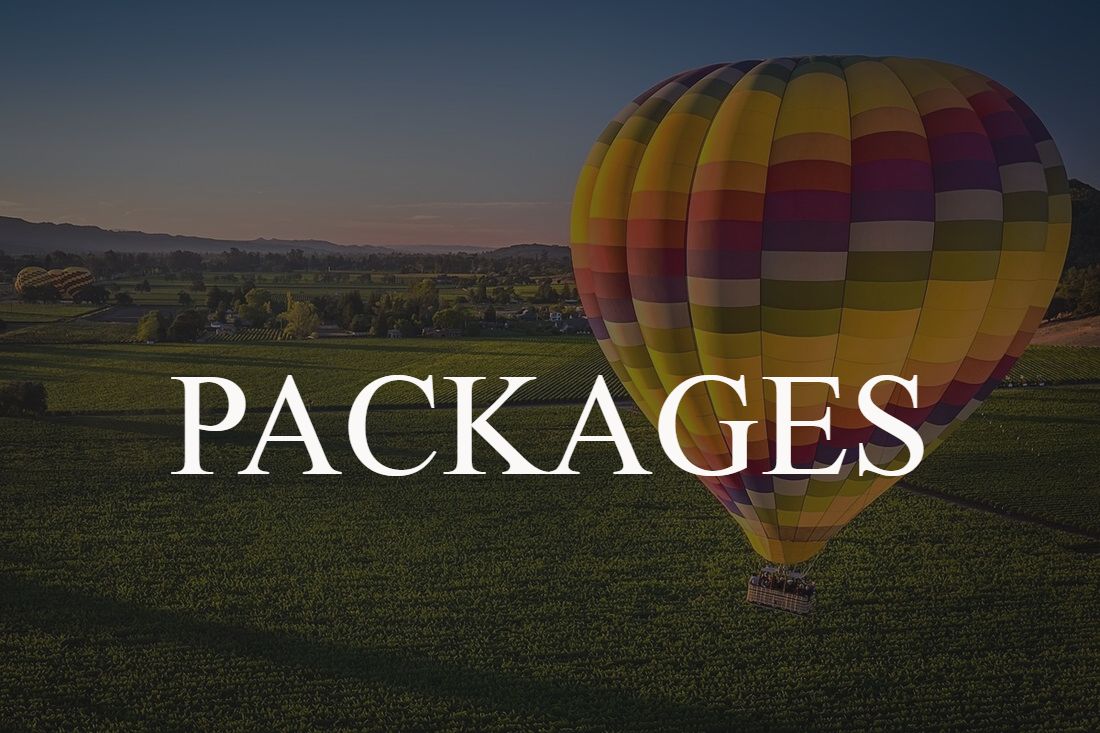In Praise Of Oregon White Wine
How many bottles of red wine do you drink in a year compared to white? What is the ratio of reds to whites in your cellar?
Unless you suffer red wine headaches my guess would be you drink dramatically more red than white and your cellar is overwhelmingly red. Blame The French Paradox.
My mother-in-law, now in her late eighties, drinks only red wine. She was doing so long before anyone heard of The French Paradox. White wines, she says, upset her stomach.
The notion that the French, who are characterized as eating copious quantities of cream, butter and foie gras, suffer significantly less heart disease than their northern neighbors because they drink red wine has been a godsend to the global wine industry. People who never raised a glass of wine in their lives began to medicate themselves with a glass of red a day to protect their hearts.
That being the case the Italians and the Portuguese should also have hearts that do not attack them that frequently. If you’ve ever visited these countries you’ll find that they drink red wine with whatever dish is put in front of them, be it fish or fowl or good red herring.
Which leads me to suspect that the real explanation for The French Paradox is that the French use bidets. (These are also, incidentally, excellent devices for soaking off stubborn wine labels.)
This is not a column about personal hygiene but rather a lament that The French Paradox has made us throw out the baby with the bathwater. The rush to red has created oenological amnesia. We’ve forgotten the pleasures that are to be had from a vast spectrum of white wines. In France alone these can range from mouth-puckering Muscadet to honeyed Sauternes in sweetness levels. In terms of alcohol whites offer a greater range in weight than reds: think Mosel Riesling as low as 7 percent alcohol as opposed to California Chardonnay at twice that fighting weight and more.
Remember those innocent days when white wine was the aperitif of choice; when consumers believed (mistakenly) that white wines were less fattening than reds? In the 1970s California growers pulled out their old Zinfandel vines or grafted them over to Chardonnay when consumers turned their backs on red wines.
The man who taught me about wines at the Grants of St, James’ Wine School in London used to say, ‘White wine is foreplay’ which I took to mean that it was not really serious in the dining scheme of things until you got to the heavy lifting, i.e. the claret and the Burgundy followed by the port.
The accepted wisdom is that white wines don’t age and should be consumed as young and as fresh as possible. But not all whites are for drinking within a year of their vintage date. Take fine white Burgundy, Viognier from the Willamette Valley and arguably the longest lasting grape of them all – Riesling. In June I visited Vancouver Island and the curmudgeonly chef at the idyllic Deep Cove Chalet toured me around his basement cellar. After a terrific meal he presented me with a bottle of Deinhard Hans Christoff Liebfraumilch 1961 believing it to be a museum piece - a venerable old bottle not to be opened but to be set aside and admired because for the date on the label.
But think 1961 in Bordeaux, probably the greatest post-war vintage.
The 1960s were the years when Liebfraumilch was made from Riesling rather than that prole of a grape, Müller-Thurgau. I wanted to experience what would happen to a simple, inexpensive German wine that was 43 years old. Its colour was coppery-bronze; the nose was mature with just a hint of maderisation but not enough to put you off because behind that oxidative note was a rich candy apple and dried apricot bouquet. The wine was full and concentrated, true to the nose and lingered long on the palate with refreshing acidity.
Beyond the oceans of Chardonnay, Sauvignon Blanc and Pinot Gris that are widely available are amazingly refreshing Rieslings from bone dry to honey sweet, succulent Viogniers and Coeur Blancs with their delicious quince and white honey profile, Gewurztraminer that smells better than aftershave and Albariños that are aphrodisiacs in liquid form.
And these are just the better known grapes. Although known for its Pinot noir wines, Oregon produces more varieties of white wine than you can shake a corkscrew at - white wines you may never have heard of. Here’s just some of the white grapes you’ll find the length and breadth of Oregon:
So next time you reach for a red wine in your local tasting room, stop for a moment and check out the white wine selections. You’ll find a style to suit every dish you’ll eat from frog’s legs to dinosaur tartar. And if you’re allergic to tannins they’ll provide instant relief.
How many bottles of red wine do you drink in a year compared to white? What is the ratio of reds to whites in your cellar?
Unless you suffer red wine headaches my guess would be you drink dramatically more red than white and your cellar is overwhelmingly red. Blame The French Paradox.
My mother-in-law, now in her late eighties, drinks only red wine. She was doing so long before anyone heard of The French Paradox. White wines, she says, upset her stomach.
The notion that the French, who are characterized as eating copious quantities of cream, butter and foie gras, suffer significantly less heart disease than their northern neighbors because they drink red wine has been a godsend to the global wine industry. People who never raised a glass of wine in their lives began to medicate themselves with a glass of red a day to protect their hearts.
That being the case the Italians and the Portuguese should also have hearts that do not attack them that frequently. If you’ve ever visited these countries you’ll find that they drink red wine with whatever dish is put in front of them, be it fish or fowl or good red herring.
Which leads me to suspect that the real explanation for The French Paradox is that the French use bidets. (These are also, incidentally, excellent devices for soaking off stubborn wine labels.)
This is not a column about personal hygiene but rather a lament that The French Paradox has made us throw out the baby with the bathwater. The rush to red has created oenological amnesia. We’ve forgotten the pleasures that are to be had from a vast spectrum of white wines. In France alone these can range from mouth-puckering Muscadet to honeyed Sauternes in sweetness levels. In terms of alcohol whites offer a greater range in weight than reds: think Mosel Riesling as low as 7 percent alcohol as opposed to California Chardonnay at twice that fighting weight and more.
Remember those innocent days when white wine was the aperitif of choice; when consumers believed (mistakenly) that white wines were less fattening than reds? In the 1970s California growers pulled out their old Zinfandel vines or grafted them over to Chardonnay when consumers turned their backs on red wines.
The man who taught me about wines at the Grants of St, James’ Wine School in London used to say, ‘White wine is foreplay’ which I took to mean that it was not really serious in the dining scheme of things until you got to the heavy lifting, i.e. the claret and the Burgundy followed by the port.
The accepted wisdom is that white wines don’t age and should be consumed as young and as fresh as possible. But not all whites are for drinking within a year of their vintage date. Take fine white Burgundy, Viognier from the Willamette Valley and arguably the longest lasting grape of them all – Riesling. In June I visited Vancouver Island and the curmudgeonly chef at the idyllic Deep Cove Chalet toured me around his basement cellar. After a terrific meal he presented me with a bottle of Deinhard Hans Christoff Liebfraumilch 1961 believing it to be a museum piece - a venerable old bottle not to be opened but to be set aside and admired because for the date on the label.
But think 1961 in Bordeaux, probably the greatest post-war vintage.
The 1960s were the years when Liebfraumilch was made from Riesling rather than that prole of a grape, Müller-Thurgau. I wanted to experience what would happen to a simple, inexpensive German wine that was 43 years old. Its colour was coppery-bronze; the nose was mature with just a hint of maderisation but not enough to put you off because behind that oxidative note was a rich candy apple and dried apricot bouquet. The wine was full and concentrated, true to the nose and lingered long on the palate with refreshing acidity.
Beyond the oceans of Chardonnay, Sauvignon Blanc and Pinot Gris that are widely available are amazingly refreshing Rieslings from bone dry to honey sweet, succulent Viogniers and Coeur Blancs with their delicious quince and white honey profile, Gewurztraminer that smells better than aftershave and Albariños that are aphrodisiacs in liquid form.
And these are just the better known grapes. Although known for its Pinot noir wines, Oregon produces more varieties of white wine than you can shake a corkscrew at - white wines you may never have heard of. Here’s just some of the white grapes you’ll find the length and breadth of Oregon:
- Sparkling
- Pinot Gris
- Chardonnay & Rosé
- Riesling
- Ice Wine - Dessert Wine Wineries
So next time you reach for a red wine in your local tasting room, stop for a moment and check out the white wine selections. You’ll find a style to suit every dish you’ll eat from frog’s legs to dinosaur tartar. And if you’re allergic to tannins they’ll provide instant relief.















